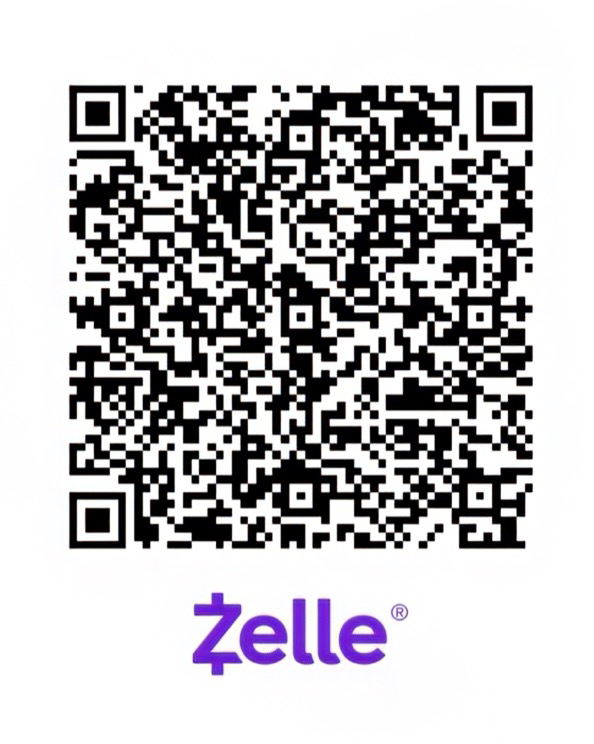Report a Bug
Thanks for your help!
Your feedback has been sent to our team.
- College of Arts & Sciences
- Linguistics
-
LNGS 3250
Introduction to Linguistic Theory and Analysis
Rating2.82
Difficulty3.48
GPA3.31
Last TaughtFall 2025
Introduces sign systems, language as a sign system, and approaches to linguistics description. Emphasizes the application of descriptive techniques to data.
-
LNGS 2240
Southern American English
Rating2.95
Difficulty2.71
GPA3.31
Last TaughtSpring 2026
An examination of the structure, history, and sociolinguistics of the English spoken in the southeastern United States.
-
LING 3090
TESOL Theory and Method
Rating4.67
Difficulty3.00
GPA3.31
Last TaughtSpring 2026
Studies the theory, problems, and methods in teaching English as a second language, with attention to relevant areas of general linguistics and the structure of English.
-
LNGS 2220
Black English
Rating3.61
Difficulty2.17
GPA3.32
Last TaughtFall 2025
Introduces the history and structure of what has been termed Black English Vernacular or Black Street English. Focuses on the sociolinguistic factors that led to its emergence, its present role in the Black community, and its relevance in education and racial stereotypes.
-
LING 3400
Structure of English
Rating3.03
Difficulty2.36
GPA3.49
Last TaughtFall 2025
Introduces students to the descriptive grammar of English and applied methods for reasoning about linguistic structure through community-engaged group research introducing linguistics to Virginia High School students. Covers units of sound and phonemic transcriptions, word building and inflection, lexical categories, basic sentence types, common phrase and clause patterns, and syntactic transformations structural analysis and use of evidence.
-
LING 5409
Acoustic Phonetics
Rating—
Difficulty—
GPA3.60
Last TaughtSpring 2026
In this course on phonetics, students will explore the acoustic properties of different segment types, formants, pitch, intensity, spectra, and voice pulsing, among other phenomena. The emphasis is on parameters that influence speech intelligibility, the correlates of language variation (comparison between languages, effects of dialects), as well as some aspects of phonetic pathology.Prerequisites: LNGS 3250 or Instructor Permission
-
LING 5090
Teaching English as a Second Language
Rating3.33
Difficulty4.00
GPA3.65
Last TaughtSpring 2026
Studies the theory, problems, and methods in teaching English as a second language, with attention to relevant areas of general linguistics and the structure of English.
-
LNGS 7010
Linguistic Theory and Analysis
Rating—
Difficulty—
GPA3.72
Last TaughtFall 2025
This course introduces students to language as a system and the theoretical underpinnings of the analytic procedures used by linguists. It proceeds from the assumption that the goal of language is to communicate (i.e., to convey meaning via messages), and investigates assumptions relating to the manner in which it accomplishes this goal.¿This course is required for all Linguistics graduate students.
-
LING 2430
Languages of the World
Rating3.67
Difficulty2.50
GPA3.74
Last TaughtSpring 2026
An introduction to the study of language relationships and linguistic structures. Topics covered the basic elements of grammatical description; genetic, areal, and typological relationships among languages; a survey of the world's major language groupings and the notable structures and grammatical categories they exhibit; and the issue of language endangerment. Prerequisite: One year study of a world language or permission of instructor.
-
LING 4650
Linguistic Typology
Rating—
Difficulty—
GPA3.77
Last TaughtSpring 2026
Linguistic typologists study the patterns of grammatical forms and relations as they vary and converge across the diversity of the world's languages. Students in this course examine and critically evaluate definitions, methods and results of typological research, and gain practice analyzing linguistic data through typological lenses.
Recently Viewed
No course sections viewed yet.

